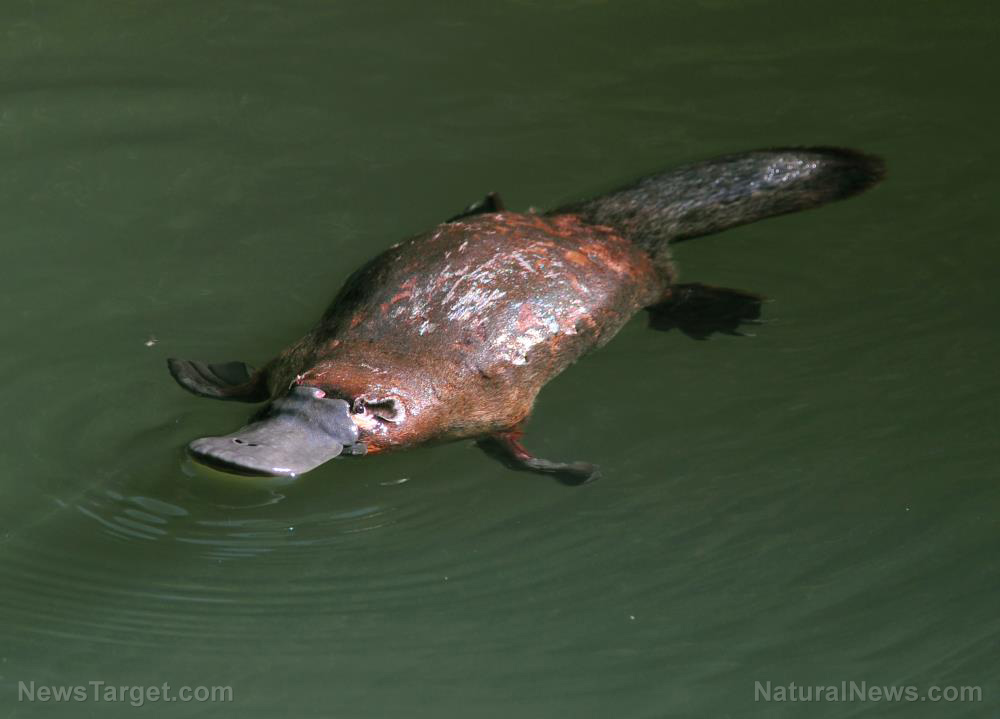Australia is dealing with the “most severe bleaching event ever recorded” on its western reefs
11/12/2017 / By Janine Acero

The massive coral bleaching in the coast of Western Australia in 2016 is the most severe bleaching event in recorded history, a recent study reports.
Researchers from The University of Western Australia (UWA), ARC Centre of Excellence for Coral Reef Studies, and Western Australian Marine Science Institution studied and measured how the harrowing event impacted the reef systems along the Western Australian coastline through conducted surveys on the health of coral reefs from tropical to temperate locations.
The researchers, led by UWA’s Dr. Verena Schoepf and Masters student Morane Le Nohaïc found an alarming 57 to 80 percent bleached corals on the inshore of Kimberley reefs in 2016, including Australia’s largest inshore reef, Montgomery Reef.
“Our research also found that there was mild bleaching at Rottnest Island – 29 per cent of corals were moderately bleached. Ningaloo Reef, a UNESCO World Heritage site, escaped bleaching, but had some temperature-unrelated coral mortality. Temperate corals at Bremer Bay (Southwest) experienced no bleaching,” reported Dr. Schoepf.
The researchers said that it was the first documented regional-scale bleaching event Western Australia has ever experienced during an El Niño year. This is also the first time they were able to measure how much of the surrounding corals were affected. Dr. Schoepf said the bleaching patterns were consistent with patterns of heat stress across Western Australia.
“Coral reefs in WA are now at risk of bleaching during both El Niño years, such as in 2016, and La Nina years, such as [in] 2010/11. But the geographic footprint differs – the northwest is at risk during El Niño years, whereas Ningaloo Reef and reefs further south are at risk during the La Niña cycle,” Dr. Schoepf explained. “As bleaching events become more common in the future, it is critical to monitor how bleaching events impact coral reef resilience, and how long it takes reefs to recover from such catastrophic events.”
The report was featured in Science Daily online.
Saving the corals
Coral bleaching is the result of abnormal environmental conditions caused by pollution and other hazards. The corals lose their color as they expel tiny photosynthetic algae called “zooxanthellae” when ocean temperatures are unusually warm. As a result, the corals’ white skeletons are exposed (corals turning white or “bleached”). (Related: Our oceans are so polluted that the coral are now eating plastic, new study finds.)
The corals can recover if water temperatures return to normal and zooxanthellae are able to recolonize the corals, but this is a slow process and most of the corals lose these algae faster than they can recover them.
In a report by The Guardian, Australia’s Great Barrier Reef is said to be at the terminal stage of damage due to bleaching, with the damage stretching across 8,000 km at the coast of Queensland. These reef systems serve as habitats to massive species of marine life, including many different species of fish, which in turn provide humans with food. The death of these living structures will trigger many serious environmental concerns.
According to Nature.org, you don’t have to be an expert to help conserve these diverse ecosystems. Here some steps to help protect coral reefs:
- Conserve water – Wastewater is one of the environmental hazards polluting our oceans. Use water sparingly to lessen the runoff.
- Dispose your trash properly – Irresponsible garbage disposal, particularly that of plastic waste, is another major pollutant of our oceans.
- Support reef-friendly businesses – Ask the locals and operators of diving, fishing and boating businesses about their conservation practices.
- Practice safe and responsible diving and snorkeling – Admire these diverse ecosystems from a safe distance.
- Volunteer for cleanup – Visit a coral reef on your next vacation and volunteer to join conservation programs.
For more on conservation and protection of different habitats, visit Ecology.news.
Sources include:
Tagged Under: conservation, coral bleaching, coral reefs, Ecology, El Nino, environmental damage, Great Barrier Reef, la nina, oceans and marine life, Western Australia




















